Notes
Suddenly, Assad Not Such a Bad Guy?: On TIME’s Exclusive Photos of ISIS – Syrian Battle
caption: A view of the government-held section of Deir-ez Zor. The children on the left are leaving a school, which is still operating. In a siege that began in December 2014, ISIS fighters have encircled the city in Syria’s eastern desert, May 24, 2015. photo: Contact Press Images.
caption: The ISIS-controlled area of Deir-ez Zor appears to be greatly damaged by artillery and aerial bombing, while the government section of the city has suffered relatively minor damage. An explosion was possibly caused by a rocket-propelled grenade fired from a government position, May 24, 2015. photo: Contact Press Images.
Last week, TIME published a photo story (Besieged by ISIS: Photographs From Inside the Syrian City of Deir ez-Zor) that raises concerns for me about objectivity. It’s hard to see the seventeen images or the words as doing more than serving the propaganda aims of the Assad government, making me further wonder if the sympathy for the Syrian government and the Syrian Army wasn’t, at least tacitly, the price of access.
To set the stage, a western photographer (who isn’t named, TIME explains, to protect his safety) was given access to this Eastern Syrian city under siege by ISIS. The “Islamic State” controls one quadrant of the city and the Syrians another. According to the article, the photographer was given full access to the Syrian military for three weeks and even provided protection by government body guards. If the article does attempt to capture the mindset of the residents, we’re also told
“the local people [the photographer] communicated with were unlikely to speak freely in the presence of officials.”
In its larger focus, however, the story juxtaposes the “determined” Syrian military and the “defenders of Deir ez-Zor” against the savagery of ISIS.
Come again?
In terms of context, the question here is how to evaluate the informational value of the story — the Assad regime affording us this window — against its propaganda value. The fact the Syrian government has persistently attacking its own people with deadly weapons, including poison gas, makes one wonder about the motivation and intent in this instance to enable such access.
Bottom line, there’s a real audacity in facilitating the juxtaposition of this city, by a Western photographer, as benevolently intact on the government-controlled side as compared to the ISIS-controlled side. That, when the newswires have been been choked for years now by photos like this one:
This image from Aleppo, documenting the effect of Syria’s aerial bombing campaign and the use of the particularly heinous barrel bomb, offers us the more ubiquitous view. According to a recent Amnesty International report (via CNN), between January 2014 and March 2015, these munitions were used by the Syrian government on its own people in
“…at least 14 public markets, 12 transportation hubs … 23 mosques, and … at least 17 hospitals … medical centers and three schools.”
That, of course, was when they weren’t so desperate to play on the sympathies (or, exploit the profit motive) of Western media as to visually flip their usual MO.
(photo 3: AFP/Getty. caption: People make their way amid rubble in a street after a reported barrel bombing by government forces in June 2014 in Aleppo’s Kallaseh district.)
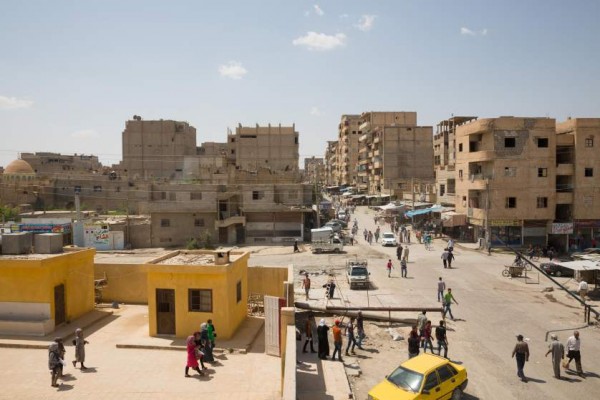
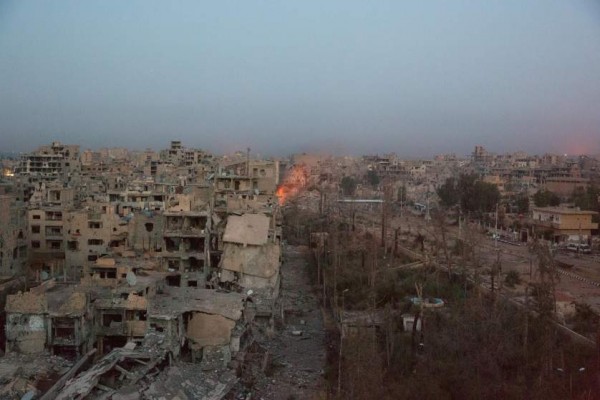
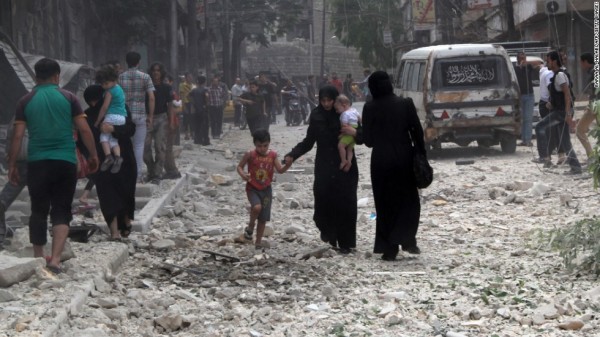
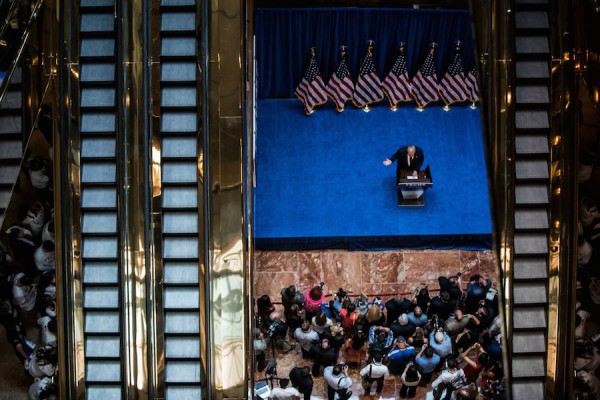
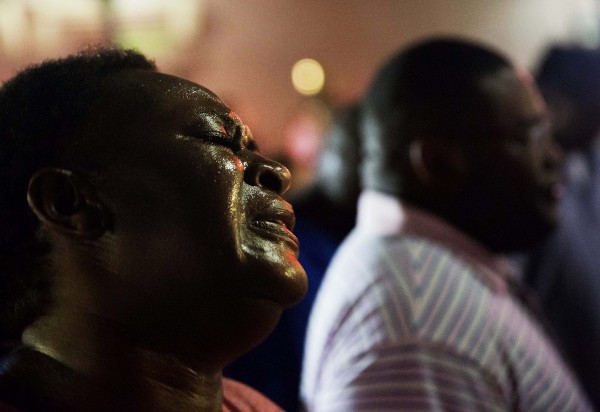
Reactions
Comments Powered by Disqus